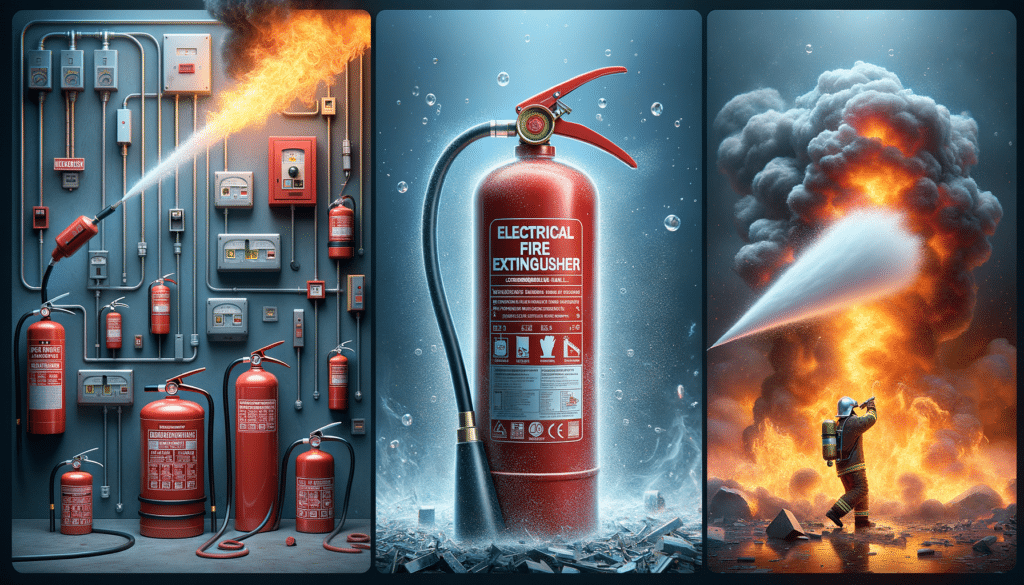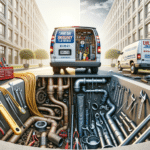Introduction to Fire Extinguishers and Firefighting Foam
Fire safety is a critical aspect of protecting lives and property. Understanding the various types of fire extinguishers and firefighting foam can significantly enhance your ability to respond effectively to different fire emergencies. Each type of fire extinguisher is designed to tackle specific classes of fires, ensuring that the right tool is available for the situation at hand. In this article, we delve into the nuances of fire extinguishers for electrical equipment, combustible metal fires, and the role of firefighting foam in fire suppression.
Fire Extinguishers for Electrical Equipment
Electrical fires pose unique challenges due to the risk of electrical shock and the potential for widespread damage. Traditional water-based extinguishers are unsuitable for these fires as they conduct electricity. Instead, CO₂-based fire extinguishers are commonly used for electrical fires. These extinguishers work by displacing oxygen, effectively suffocating the fire without leaving a residue that could damage sensitive equipment. Additionally, CO₂ extinguishers do not conduct electricity, making them safe to use on live electrical equipment.
It’s important to note that electrical fires can occur in various settings, from homes to industrial environments. Therefore, having a CO₂ extinguisher readily accessible in areas with significant electrical equipment is crucial. Regular maintenance and checks ensure that these extinguishers remain in optimal working condition. By understanding the specific requirements of electrical fires, individuals and businesses can better prepare and protect their assets.
Combustible Metal Fire Extinguishers
Combustible metal fires, involving materials such as magnesium, titanium, or lithium, require specialized extinguishers known as Class D extinguishers. These fires can be particularly challenging due to the high temperatures and potential for explosive reactions. Class D extinguishers contain dry powders that effectively smother the fire by forming a barrier between the fuel and oxygen.
Industries dealing with combustible metals should prioritize having Class D extinguishers on-site. The presence of these extinguishers, coupled with proper training for personnel, can mitigate the risks associated with metal fires. Understanding the properties of the specific metals involved and the appropriate extinguishing agents is key to ensuring safety in environments where these materials are present.
The Role of Firefighting Foam
Firefighting foam is a versatile tool used primarily for flammable liquid fires, such as those involving oil, gasoline, or other hydrocarbons. The foam forms a blanket over the liquid surface, cutting off the fire’s oxygen supply and preventing the release of flammable vapors. This makes firefighting foam particularly effective in industrial settings, airports, and refineries where flammable liquids are prevalent.
There are different types of firefighting foams, including Aqueous Film Forming Foam (AFFF) and Alcohol-Resistant Aqueous Film Forming Foam (AR-AFFF). Each type is designed to combat specific fire scenarios, ensuring maximum efficiency and safety. Understanding the characteristics and applications of each foam type is essential for effective fire suppression strategies.
Conclusion: Enhancing Fire Safety
In conclusion, knowing the right type of fire extinguisher and firefighting foam for different fire classes can make all the difference in emergency situations. Electrical fires require CO₂-based extinguishers to avoid conductive hazards, while combustible metal fires need Class D extinguishers to safely smother the flames. Firefighting foam is ideal for flammable liquid fires, providing a comprehensive solution for cutting off oxygen and suppressing the fire. By equipping spaces with the appropriate fire suppression tools, individuals and businesses can significantly reduce risks and enhance safety.


